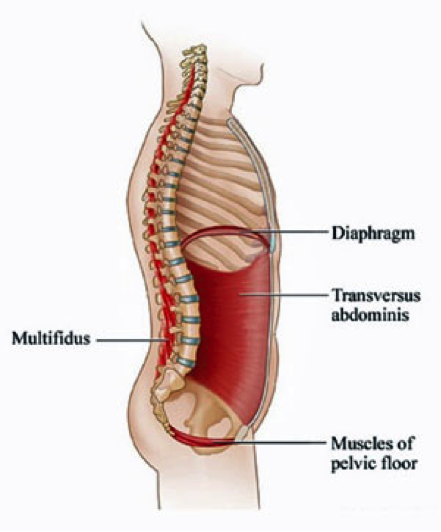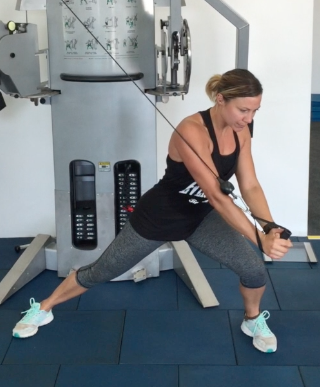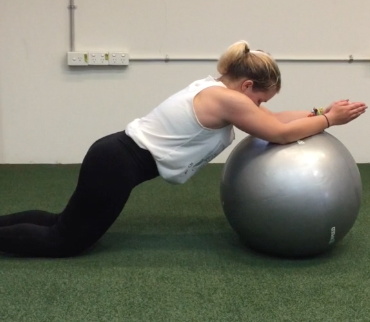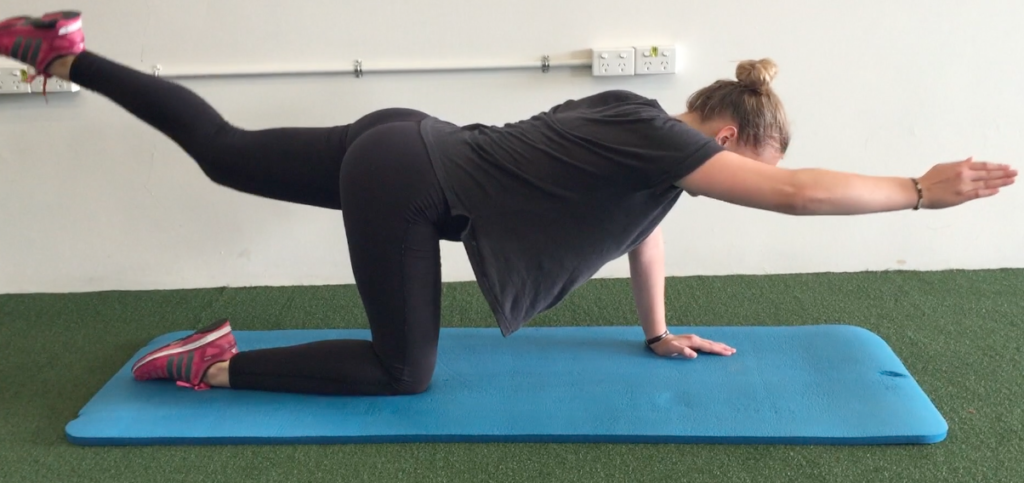When should I do Core Training?
For starters, what is the ‘core’? The problem with this question is that the exact answer depends on who you are asking – even within the conditioning world. The core certainly isn’t just the 6-pack abs that are so famous, however they can be interpreted as being part of the core. Generally when we are speaking about the core we mean a group of hidden muscles that you cant actually see, and are referred to as the inner unit. This inner unit comprises of the transverse abdominus, the pelvic floor, the diaphragm and the multifidus. Various athletic coaches also include the entire mid-section, as well as most of the torso and also the hips all together as one unit, as being the ‘core’, in the sense that these muscles together are the ‘core of all movement.’ That is, all movement, as well as power and strength, originates here at the core, and travels outward.

Indeed core training is important, but it helps to know exactly what it is first. The best way to think of the diverging definitions of what exactly the core is in regards to how exactly to train it, is to think of core exercises as either;
- Compound style core exercises – comprising the hips and torso, or a whole body movement with a strong integration of the core muscles together with the rest of the body (such as a woodchop)
- Isolation style core exercises – which are more centered on the mid-section itself, and in particular the inner unit which we cant actually see (such as forward ball rolls.)


Of course certain exercises will be somewhere in the middle, such as bird-dog style exercises on our hands and knees, or even a standing cable press, which when executed correctly, is one hell of a core centered exercise, as well as being a full body pushing exercise.

Core exercises are important, and the best approach is a combination of the isolated inner-unit exercises as well as the compound exercises with a strong core focus (which you are already doing with woodchops, and cable pushing, and front squatting, etc.) When doing both, you are taking the specifically targeted core exercises, and then integrating them in together with more footy specific movements, and as a result, generating more footy specific expressions of core strength. You will remember that we covered in Functional Strength Training for Australian Rules Football how core strength is task specific – meaning that you may have a real great strong core activation when doing an exercise on the floor, yet it doesn’t activate properly when doing a standing push for example. This means that while the core may work perfectly fine on the floor, it isn’t providing the strong platform that you require in a situation in a game.
This all ties in with the importance of doing functional strength training exercises – if you are performing functional exercises with a high level of carryover (not exercises on machines, and isolation exercises) you will already have a strong component of core conditioning going on as a by-product (or bonus) of the strength training exercises you are already doing.
So when answering this question, I am speaking of the more specifically targeted isolation style inner unit exercises (on the floor, with swiss balls and bodyweight and the like.) As was covered in Functional Strength Training for Australian Rules Football, the transition period in the off season when you are giving your body a rest from the high intensity and heavy weight training is a great time to focus on core exercises that you would otherwise neglect. Also rest days and rest weeks are also a time when a bit of extra light core work can be thrown in, as it doesn’t put anywhere near the same level of strain on the body as standard strength exercises do, and will not interfere with your recovery.
However, it is also a good idea to throw in a few core exercises regularly in your program, and a good way to do this is to superset (or compound set depending on who you are talking to) with existing ‘larger’ strength training exercises. This is time efficient, and provided it is programmed correctly, the 2 exercises will not interfere with each other. Superset or compound set means doing an exercise, immediately followed by another one. So it would look something like this;
Single are Dumbbell Row 3 x 12 each side
Swiss Ball forward Roll 45 seconds (or 12 controlled reps)
Swiss Ball Dumbbell Press 3 x 10
Jacknife (TRX or Swiss Ball) 45 seconds (or 12 controlled reps)
So in both cases we have a functional compound upper body exercise followed immediately by a core exercise, then followed by a rest. This is the best way to program in regular core (isolated focused core) work to your program, combined together with functional full body exercises that also have a strong core element to them. You shouldn’t be wasting 10-15 minutes in a session on crunches, especially during the season when time is limited and there are more important strength training qualities to maintain. Even in pre-season, with club training, and running, time is limited enough. Throw them in as compound sets, and continue to follow the important principles of functionality for footy when choosing your exercises.
Strength Coach

